Making Constituencies
Making Constituencies
Representation as Mobilization in Mass Democracy
LISA JANE DISCH
THE UNIVERSITY OF CHICAGO PRESS
CHICAGO AND LONDON
The University of Chicago Press, Chicago 60637
The University of Chicago Press, Ltd., London
2021 by The University of Chicago
All rights reserved. No part of this book may be used or reproduced in any manner whatsoever without written permission, except in the case of brief quotations in critical articles and reviews. For more information, contact the University of Chicago Press, 1427 E. 60th St., Chicago, IL 60637.
Published 2021
Printed in the United States of America
30 29 28 27 26 25 24 23 22 21 1 2 3 4 5
ISBN -13: 978-0-226-80433-0 (cloth)
ISBN -13: 978-0-226-80450-7 (paper)
ISBN -13: 978-0-226-80447-7 (e-book)
DOI : https://doi.org/10.7208/chicago/9780226804477.001.0001
Library of Congress Cataloging-in-Publication Data
Names: Disch, Lisa Jane, author.
Title: Making constituencies : rethinking political representation as mobilization in mass democracy / Lisa Jane Disch.
Other titles: Rethinking political representation as mobilization in mass democracy
Description: Chicago ; London : The University of Chicago Press, 2021. | Includes bibliographical references and index.
Identifiers: LCCN 2021004017 | ISBN 9780226804330 (cloth) | ISBN 9780226804507 (paperback) | ISBN 9780226804477 (ebook)
Subjects: LCSH : Representative government and representation. | Democracy. | Political participation.
Classification: LCC JF 1051 . D 568 2021 | DDC 321.8dc23
LC record available at https://lccn.loc.gov/2021004017
 This paper meets the requirements of ANSI/NISO Z 39.48-1992 (Permanence of Paper).
This paper meets the requirements of ANSI/NISO Z 39.48-1992 (Permanence of Paper).
Contents
Responsiveness in Reverse
This book asks you to change the way you think about political representation. Classic accounts of representative democracy describe an interest-first model according to which constituencies form around things they want and elected representatives respond to their demands. Research into political knowledge and preference formation shows that in practice, responsiveness goes the other way. Most people form opinions and political preferences based on the messages they receive from sources they trustcandidates, political parties, nongovernmental organizations, advocacy groups, opinion shapers in the mass media or on social media, celebrities, and more.
Few of us believe that todays democracies conform to the classic model of interest representation or live up to the standard of responsiveness it sets. Representatives do not strike us as responsive to working people of the middle and upper-middle classes, let alone to those in the lowest income brackets.
Yet responsiveness survives as an ideal and an expectation despite these discrepancies. Even if it does not describe how our system of representation works in practice, many of us use the term responsiveness to describe how we believe it should work. At the very least, we trust it to capture how the system is failing us.
This catchword, responsiveness, describes neither how democratic representation should work, how it does work, nor how it lets us down. On the contrary, the model of interest-first representation and the belief in responsiveness as its measure of success create expectations about citizen competence and stoke fears of manipulation that set mass democracy up to fail. Since the advent of the first popular political parties, political representation has worked dynamically. It operates creatively and generativelyas theories of representation in culture, literature, and the arts would predictrather than statically and unidirectionally, as our democratic intuitions prime us to expect.
Rather than debate whether voters can be trusted with democracy, this book aims to dislodge the hold of the competence model over democratic debate. I argue that voter incompetence and susceptibility to manipulation are not as grave a threat to democracy in America as many scholars and pundits make them out to be. The greater threat comes from a picture that partisans use to rally their supporters: that of an America sorted into opposing camps so deeply rooted that they cannot be shaken loose and remade. Making Constituencies proposes a new theory of representation as mobilization to argue that divisions like these are not inherent in society but created. Political representatives of all kinds forge and deploy them to cultivate support.
Representation as Mobilization
To those who regard responsiveness as a foundational measure of democratic representation, the suggestion that a constituency is not found but made (although not from scratch) smacks of manipulation. According to this established line of thought, small-d democrats should prefer that these two modes of representationcultural and generative, political and responsiveremain distinct. After all, that a fictional work has no direct material referent is both obvious and anodyne. But the mobilization conceptions suggestion that a democratic constituency is part political fictionthis seems dangerous and wrong.
Maybe the mobilization conception affirms its critics worst concerns about voter manipulation in mass democracies. Or maybe it presents an opportunity to reconsider the basic assumption that fuels those fears. That assumption, which is that citizen competence supplies the foundation on which modern democracies stand, has managed from the start to both define modern democracy and work against it.
The Constructivist Turn
The mobilization conception of representation is constructivist in one of the senses that the term took on during the earliest years of Bolshevik rule in Russia, when the regime commissioned artists to galvanize support for the Revolution among rural peoplemostly illiteratewho lived too far from the capital to have even heard that the Revolution was taking place, much less take it up as their cause. Those artists produced propaganda to represent Russian society to its people as divided by a new conflict: an emancipatory struggle between workers and the elite. But directly representing that conflictin the mirroring sense of the termwas not immediately possible, as the target audience did not yet share the Bolshevik understanding of either workers or the elite as meaningful categories of identity. Working people in these rural areas neither identified as workers nor understood themselves to be in conflict with capitalists. Constructivist art constituted those groups at the same time as it animated a bid on the part of the Bolsheviks to be accepted as the vanguard, representing workers as a class in struggle against capital.
Bolshevism is certainly no model for democratic representation. But the role that art played in the Bolshevik bid for support dramatizes a fact about political representation that holds even in ordinary times, in democratic regimes. As Linda Zerilli has emphasized, a constituency is not a demographic fact but a political achievement. Constituencies are not simply out there, except in the most formal sense as an aggregate defined by district lines. Acts of representation call them into being. They take shape out of an amorphous plurality of social relations when a movement, a leader, a message, or an event solicits their participation in conflict.
Throughout this book, I will use the term constructivist to characterize two premises about politics. The first of these is that political representation does not merely reflect social constituencies but participates in constituting them. The second, to which I will sometimes refer with the phrase

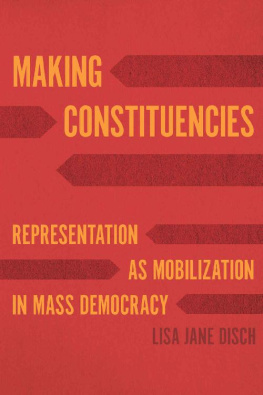

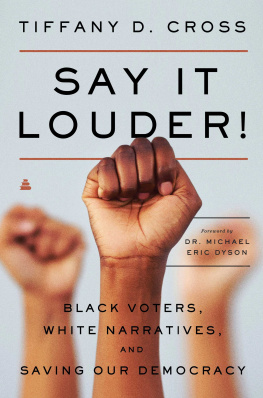
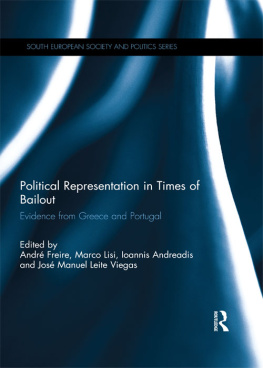

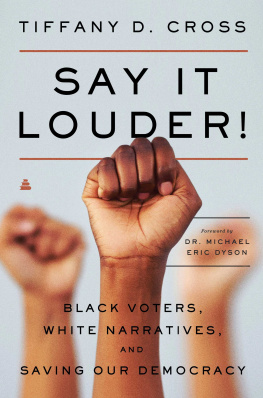
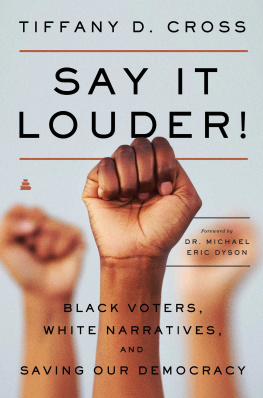


 This paper meets the requirements of ANSI/NISO Z 39.48-1992 (Permanence of Paper).
This paper meets the requirements of ANSI/NISO Z 39.48-1992 (Permanence of Paper).